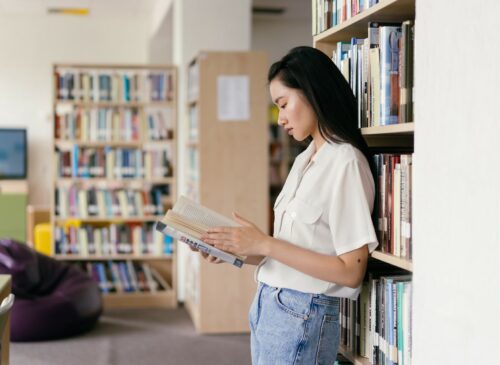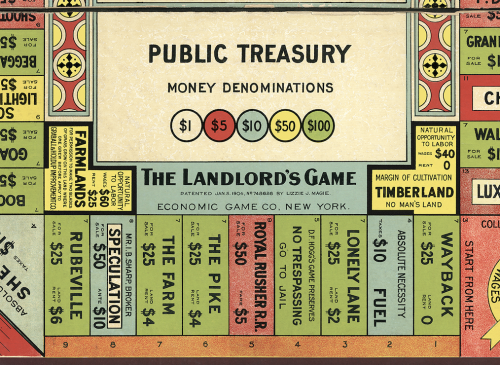Above the Expo in a hallway, I found an art installation exhibit that, in a quiet and unassuming way, pulled together many of the overarching themes of Congress this year. Held May 27–June 2 in Toronto, Congress 2017 set out to push attendees to think about Canada’s past, while imagining what the next 150 years could look like. Papers and presentations grappled with how to make the future more just and inclusive, while recognizing that we must do more to acknowledge and reconcile the nation’s colonial past. Congress organizers committed to recognizing the contributions and characters of all peoples in Canada. With this in mind, creating an experience where attendees could engage with a stranger to learn more about an unfamiliar issue seems like a nice complement.
Ask Someone You Don’t Know About Something You Don’t Know offered participants an opportunity to step into a wooden phone booth, pick up the phone, and talk to someone for 15 minutes about something both people wanted to know more about. It also created a space of engagement, where two people could build understanding of an issue through discussion.
Dr. Ilya Parkins and artist Lara Haworth created this installation with the intention of offering a personal commentary on connection, privacy, surveillance, and intimacy. As I watched people engage with the installation, worrying about how to perform properly, and leaving the booth wondering whether they had completed the process correctly, I reflected on how we communicate with each other and how anxious we can be about meeting expectations.
An installation such as this one is particularly poignant at Congress where some attendees may be feeling pressure and anxiety around their own mastery and knowledge. In an academic world where intellectual work is performed quickly and with purpose, this exhibit offers an antidote for those whose careers depend on them being an expert. The installation simultaneously asks participants to be in the moment, and to open themselves up to a connection. This experience has the potential to force people to fundamentally question themselves and open a window into a different way of thinking about an issue.
I went into the booth armed with instructions: ask my question, listen to the question presented to me, and engage with the person at the other end to discuss the answers to both. I looked at some of the suggested questions prepared for hesitant participants and found myself asking what would be done with the conversations that occurred over the week. My counterpart was the artist herself and she wondered about why people in our world don’t all drive on the same side of the road. She said that it would be easier if we were all uniform and picked a side.
We meandered for 15 minutes and went from laughing about driving on the left or right side of the road, to anxiety about an upcoming trip where she would be driving on the opposite side of the road, to agreeing that while uniform behaviour makes things easier, a diversity of behaviours makes things more interesting. It became a metaphor for how easily people can become entrenched in their views and their own way of doing things. I left the conversation feeling a connection and, during the days that followed, I wandered back to that discussion many times.
In speaking with Parkins and Haworth, they revealed that they hadn’t considered that many people would not see the person they were speaking to before or after the call. This level of anonymity may have had the effect of intensifying how open participants were with each other – without seeing each other, and without the fear of running into someone later, the freedom to speak one’s mind and to suggest ideas free from concerns of future judgement was a welcome addition to this iteration of the installation. It is certainly interesting to consider how we speak to each other and how we relate to each other when identity markers are unknown.
At this point in our history, and in the context of the theme of this year’s Congress, I found this experience of a conversation with someone I didn’t know, about something I didn’t know, to be one that has stuck with me. It encouraged me to shift my way of learning about the world and provided an opportunity for me to rethink those things that I think I know to be true. It has me considering other ways of asking others to contemplate collaboratively, while forcing myself to slow down and engage with the person at the other end of the conversation. My question about how the data would be used, and Haworth’s response that the data wasn’t being collected reminded me how ubiquitous surveillance has become, and that I now assume all digitally mediated conversations are being recorded.
The artists were hopeful that people who participated would reflect on the experience long after. I can attest that at least this participant has been doing so. Taking this practise of asking about what we don’t know and encouraging others to do the same is a small way that we can engage with new ideas and acknowledge the contributions of all the people who will share in building the next 150 years.










